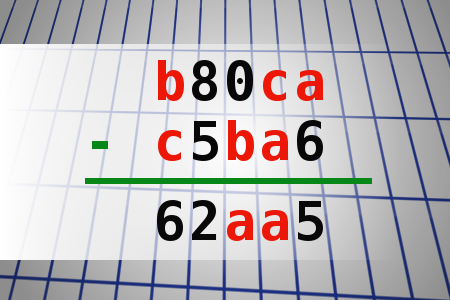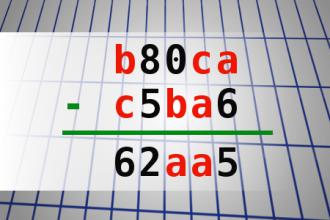Find number abc
If b80ca - c5ba6 = 62aa5 find number abc. Multiple solutions may exist.Correct answers: 31
The first user who solved this task is Nasrin 24 T.
#brainteasers #math

Out of the mouths of babes
I told my kids that we are no longer saying “shut up” because it sounds mean and can hurt people’s feelings. So my kids are getting creative with their use of words. My 9-year-old daughter was talking and talking, and my 6-year-old son couldn’t take it anymore and said, “SILENCE YOU PEASANT!”

